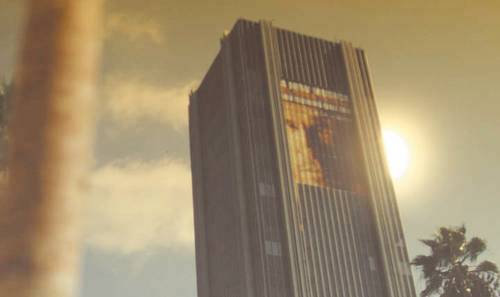Chapter12.Working with Light
Chapter 12. Working with Light
Light is the most complex phenomenon a compositor must understand. In other areas of digital production, elaborate models are derived to simulate the way light works in the physical world. Accurate modeling of the physics of light is crucial to a good 3D rendering program. The science of light phenomena, such as radiosity, caustics, the inverse square law, environment mapping, and many more, have transitioned from theoretical papers delivered at SIGGRAPH to features readily available in high-end 3D software. The world of the compositor is less pure and scientific, which if anything makes it that much more important to understand the workings of light phenomena in your scene. Like a painter, you must observe the workings of light in the three-dimensional world so that you can re-create them in a two-dimensional frame, using your software toolbox.
Several chapters in this book have already dealt with some of the principles of the behavior of light. Chapter 5, "Color and Light: Adjusting and Matching," focused on the most fundamental work of the compositor: matching the brightness and color of a foreground layer to a background source. In Chapter 11, "Issues Specific to Film and HDR Images," guest author Brendan Bolles explained alternate models for dealing with light at the bottom and beyond the top of the visible range. This chapter is dedicated to situations in which you as a compositor must create or emulate specific light conditions in your scene. You'll explore the actual behavior of light, its direction, intensity, color, position, reflection, diffusion, occlusion, and volume, as well as look at methods of mimicking these in realistic and dramatic ways, including such special situations as backlighting, flares, glints, blurs, and defocused lenses. I'll distinguish between lighting conditions you can easily emulate and those that are essentially out of boundsalthough, for a compositor with a good eye and patience, the seemingly "impossible" becomes a welcome challenge. |
EAN: 2147483647
Pages: 156
